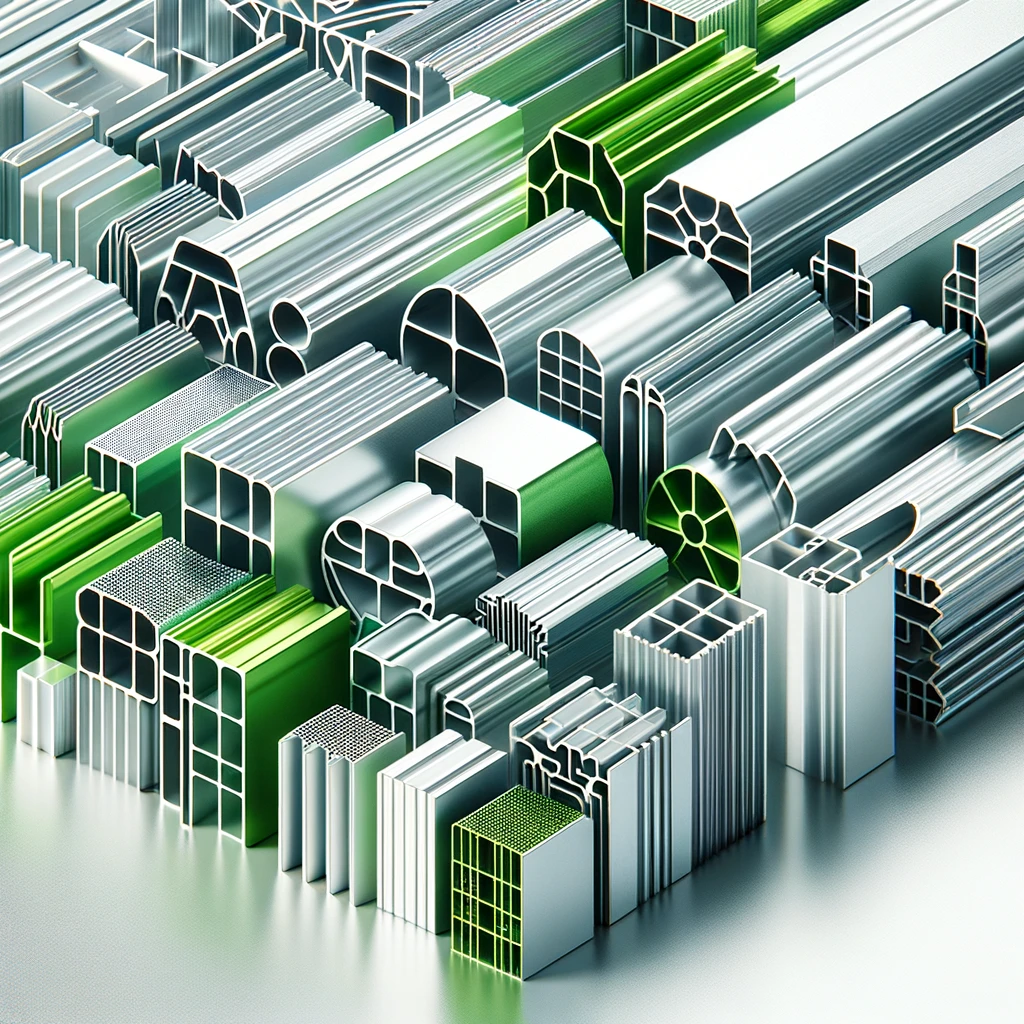
Svein Inge Nerland
Salgssjef
Benefits of Aluminium, - a short guide

Ubiquity and Abundance: Aluminium is the third-most abundant element in the Earth's crust, which makes it a readily available resource for numerous applications, from automotive to construction and beyond. This availability supports its use in a vast array of products we use daily.
Lightweight yet Strong: One of the most celebrated properties of aluminium is its lightweight nature, which does not compromise its strength. This makes aluminium an excellent choice for applications where reducing weight is crucial, such as in transport and automotive industries, leading to better fuel efficiency and lower emissions.
Formability: Aluminium's malleability allows it to be easily shaped, bent, and punched, offering endless opportunities for design and architecture. This property is particularly valuable for creating complex structures and components in various industries.
Durability and Corrosion Resistance: Aluminium naturally generates a protective oxide coating, making it resistant to corrosion. This characteristic ensures longevity and durability, reducing the need for frequent replacements and maintenance, which is especially beneficial in construction and architectural applications.
Electrical Conductivity: Aluminium is an excellent conductor of electricity and is often used in electrical transmission lines due to its combination of conductivity, lightness, and corrosion resistance. This makes it a cost-effective alternative to copper in some applications.
Recyclability and Sustainability: A critical advantage of aluminium is its recyclability without loss of quality, making it a cornerstone for sustainable development. Recycling aluminium requires only 5% of the energy used to produce primary aluminium, significantly reducing carbon emissions. This aspect positions aluminium as an ideal material for a circular economy, contributing to environmental sustainability.
Thermal Conductivity and Reflectivity: Aluminium is an excellent reflector of heat and light, making it useful in a variety of applications, such as reflective shields, light fittings, and insulation materials. This property can contribute to energy efficiency in buildings and other structures.
Low Carbon Footprint: When produced with care regarding the carbon footprint, aluminium can have a lower environmental impact compared to other materials. For instance, it has been noted that the CO2 emissions from producing a kilogram of aluminium can be lower than those associated with a kilogram of eggs or a pair of jeans, emphasizing the importance of sustainable production practices.
In conclusion, aluminium's benefits span from its physical and chemical properties to its environmental sustainability. Its wide-ranging applications underscore its importance in today's society and its potential in contributing to a more sustainable future. The material's light weight, strength, formability, and recyclability make it an excellent choice for various industries, aiming to achieve efficiency and sustainability.